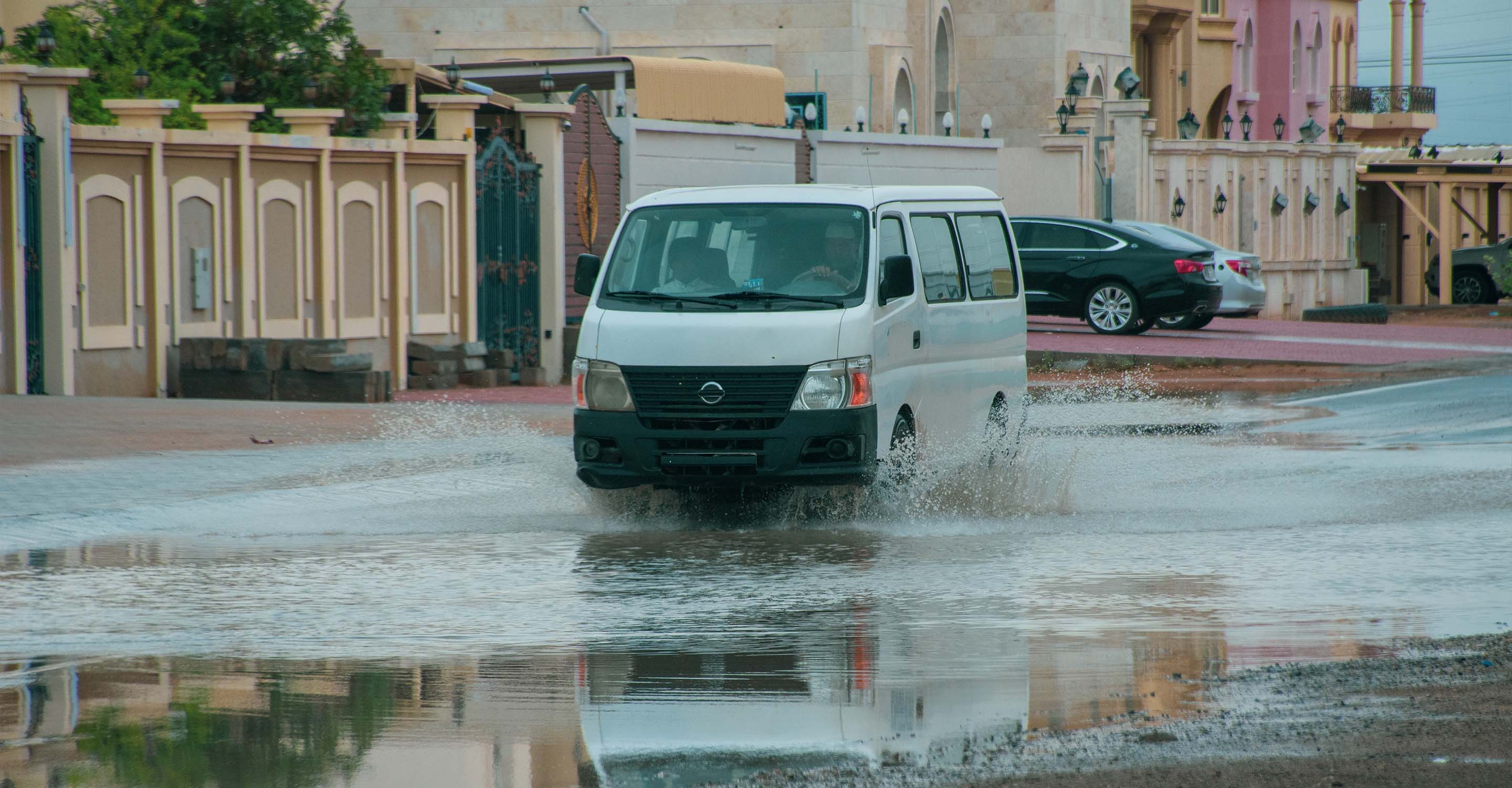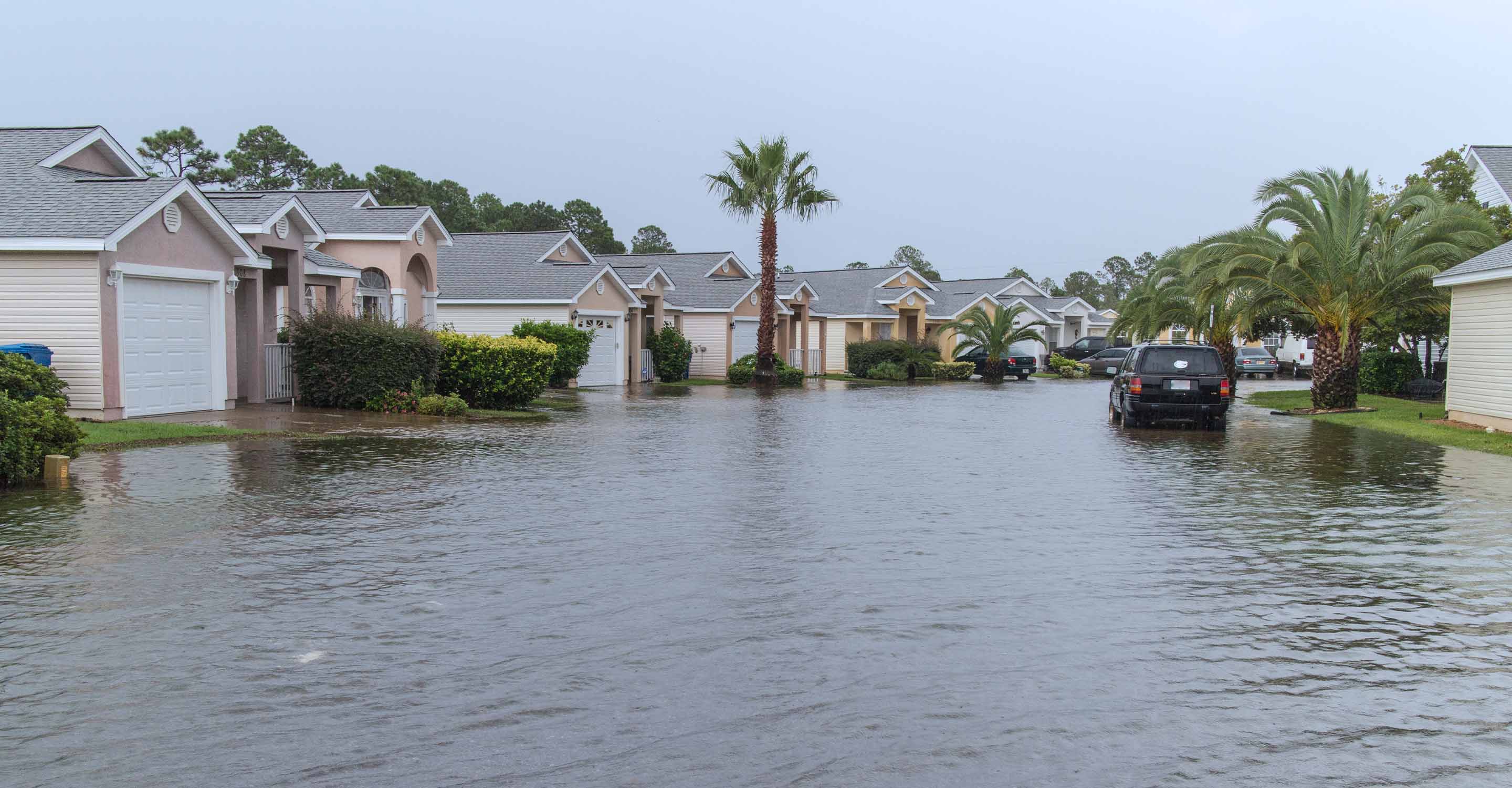Beijing air quality map
Live air pollution map of Beijing
6.8M people follow this city
Full screen
Stations
33
Contributors category
4
Government
Most polluted air quality stations
| # | station | US AQI |
|---|---|---|
| 1 | US Embassy in Beijing | 84 |
| 2 | Tongzhou Dongguan | 82 |
| 3 | Fengtai Yungang | 74 |
| 4 | Southeast Area | 74 |
| 5 | Ming Tombs | 70 |
| 6 | Mentougou | 68 |
| 7 | Changping | 67 |
| 8 | Fangshan | 66 |
| 9 | Dongsi | 65 |
| 10 | GuCheng | 65 |
Health Recommendations
| Sensitive groups should reduce outdoor exercise | |
| Close your windows to avoid dirty outdoor air GET A MONITOR | |
| Sensitive groups should wear a mask outdoors GET A MASK | |
| Sensitive groups should run an air purifier GET AN AIR PURIFIER |
Become a contributor
Get an AirVisual Outdoor and contribute to collecting millions of data points for the Beijing map to track local air pollution
Understand air pollution and protect yourself
Beijing MAP AIR QUALITY ANALYSIS AND STATISTICS
What information can be gleaned from the air quality map for Beijing?
The air pollution map for Beijing is easily accessed through the main city page. By selecting the map, a new page will open which is dedicated to the condition of air pollution over the city. When first opened, the viewer will notice the overall background colour of the map which cleverly reflects the condition of the air in general. It is currently a dark brown which indicates “Unhealthy” air. The full meaning of the various colours is explained in the legend at the foot of the screen. The colours range from pale green to dark maroon. The darker the colour, the worse the air quality.
The viewer will also see many coloured discs over the city, some of which may appear to be superimposed on top of each other. However, once the map is expanded, these discs will start to separate and become easier to read. The colour of the disc represents the air quality and they also contain a number. This is the US AQI reading which is calculated by measuring the levels of six of the most common pollutants and is endorsed by the World Health Organisation (WHO). It is used when comparing air quality in different cities across the globe.
If an individual disc is chosen, then a new page will open which is dedicated to the air quality in that part of the city. Immediately below the map is the number of stations that are supplying the necessary data. At present, there are 36 stations in and around Beijing.
Towards the end of the second quarter of 2022, Beijing was going through a period of air quality classified as being “Unhealthy for sensitive groups” with a US AQI reading of 114. The levels of all six pollutants can be seen, but the main one was PM2.5 with a level of 41 µg/m³. The target figure as recommended by the WHO is 5 µg/m³ so, at this level, Beijing is over eight times higher than desired.
Is any other information given on the air pollution map for Beijing?
When opened in full-screen mode, there will be four choices that appear on the left-hand side of the screen. They can all be deactivated if and when required. The first choice shows the locations of all the ground-level air monitoring stations which supply data regarding air quality. The second option shows the position of any fires that are burning in the vicinity whose smoke might affect the air quality. Option four which shows the wind direction is useful here to determine whether or not the smoke will affect the city. The third option is possibly the most interesting because it controls the background colour of the map which is a direct reflection of the air quality. Some viewers may find the colour overwhelming so by deactivating this option, the map will revert to a more standard colour scheme with blue rivers and green areas.
Across at the other side of the screen will be found a table which ranks world cities according to the cleanliness of their air. Very interesting to compare your home city with others.
Looking immediately below the air pollution map for Beijing can be seen a list of all the stations in descending order with the one with the poorest air quality at the head of the list. Currently, it is “Southeast Area” with a US AQI reading of 168. Following on from there is a list of stations according to their popularity with the number of followers they have. It seems the most popular is the “US Embassy in Beijing” with 656,222 followers.
Towards the very bottom of the entire page is a link which offers a downloadable app which is suitable for all operating systems. This gives the air quality in real-time directly to a mobile device so is accessible 24/7.
Can areas of high pollution be identified on the air pollution map for Beijing?
The only way this can be achieved is by looking at the numbers on the discs and finding the one with the largest number. This will be the station with the most polluted air. Alternatively, the stations are listed in ascending order with the most polluted at the top of the table. The industrial zones and similar areas are usually more polluted than residential areas but that is down to local knowledge.
Is the source of the air pollution shown on the air quality map for Beijing?
This information is not shown on the air pollution map for Beijing, instead it is reported that the chief sources are motor vehicles, industrial production, coal combustion, and fugitive dust as the main sources of particulate matter pollution in the ambient air in Beijing. These sources are estimated to produce between 85 and 90 per cent of all air pollution.
The Beijing government said in February that the city's air quality had improved due to the government's strict restrictions on coal consumption and measures to close or relocate heavily polluting factories.
PM2.5 is often mentioned on the air quality map for Beijing, but what is it?
The "2.5" of PM2.5 refers to 2.5 microns, 1000 microns = 1 mm, and 2.5 microns is equivalent to 1/20th of the diameter of a human hair. Therefore, fine particles with a diameter of 2.5 microns are invisible to the naked eye. Particles that are larger than PM2.5 particles are PM10, which are 4 times larger in diameter, but more than 4 times in volume. According to the sphere volume formula, the volume of PM10 is 64 times that of PM2.5, which is so much larger, but the naked eye still can't see them.
PM10 is a critical value that can reach the throat, so particles below PM10 are called "respirable particulate matter". The throat is the terminal point of PM10. The mucus secreted on the surface of the throat will stick to them. Each mucosal cell has 200 cilia that are invisible to the naked eye. PM10 accumulates in the upper airway where the throat is located, and the more it accumulates, the more mucus is secreted. When the accumulation reaches a certain level, we want to spit, so we need to spit or swallow the phlegm.
Where is the cleanest air quality in Beijing?
- US Embassy in Beijing 84
- Tongzhou Dongguan 82
- Fengtai Yungang 74
- Southeast Area 74
- Ming Tombs 70
- Mentougou 68
- Changping 67
- Fangshan 66
- Dongsi 65
- GuCheng 65
- Guanyuan 65
- Fangshan Yanshan 64
- Haidian Wanliu 64
- Yanqing Xiadu 64
- Yanqing Shiheying 62
- Wanshou Xigong 61
- Yizhuang BDA 58
- Pinggu New Town 57
- Shunyi Beixiaoying 57
- Agricultural Exhibition Center 56
- Huairou New City 56
- Shijingshan Laoshan 56
- Daxing Huangcun 55
- Daxing Old Palace 55
- Sijiqing 55
- Fengtai Xiaotun 54
- Olympic Stadium 54
- Temple of Heaven 54
- Shunyi 53
- Tongzhou Yongshun 53
- Miyun 50
- Beihuan Road 45
- Pinggu 38








